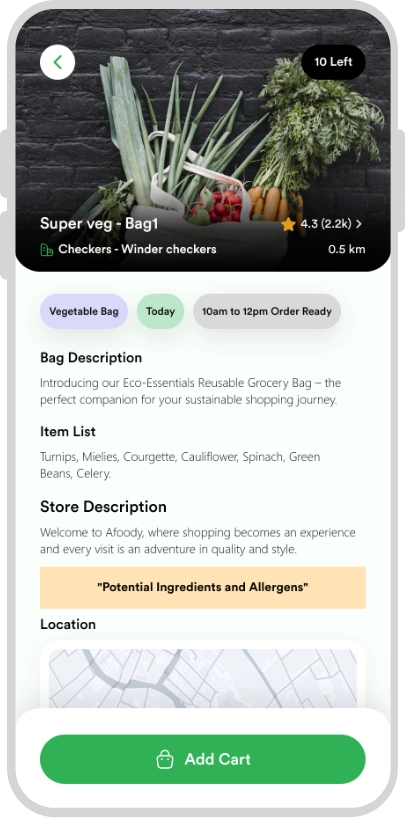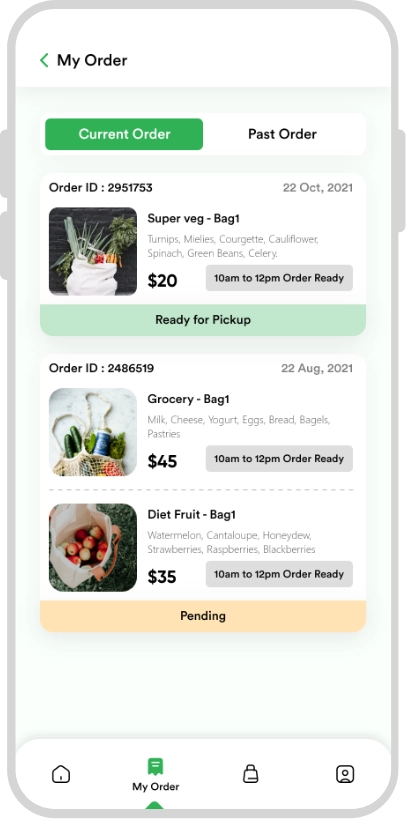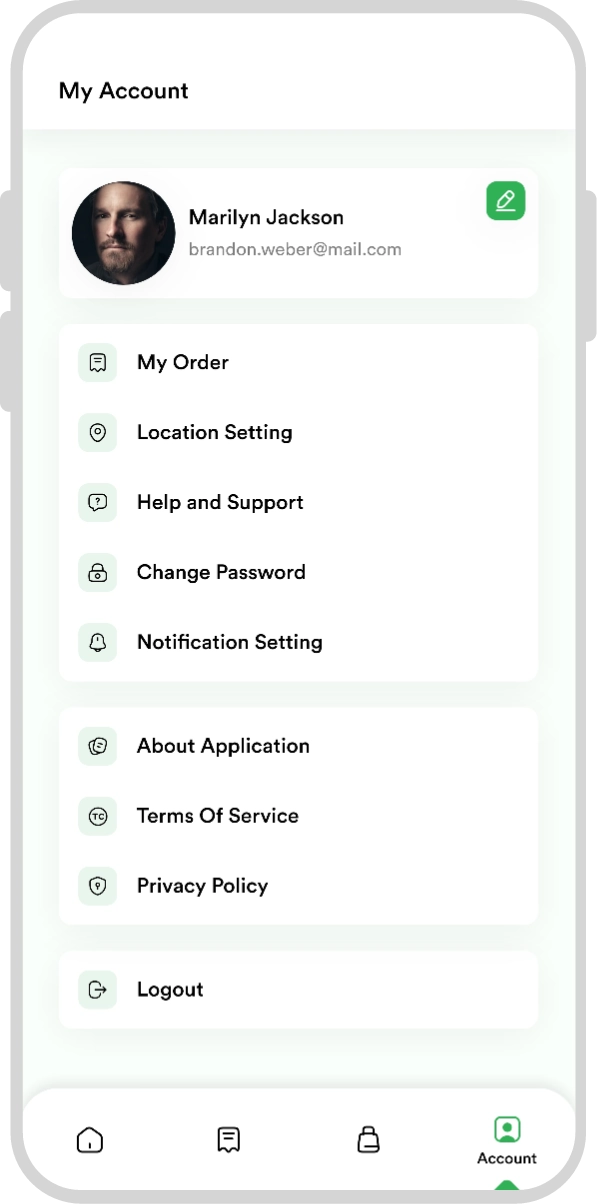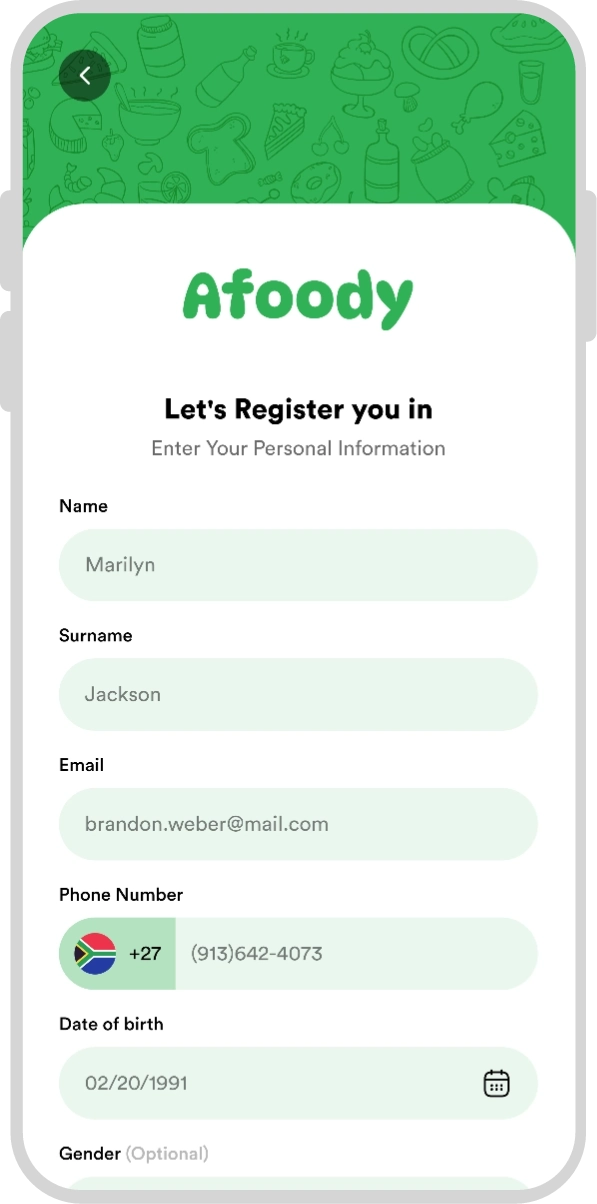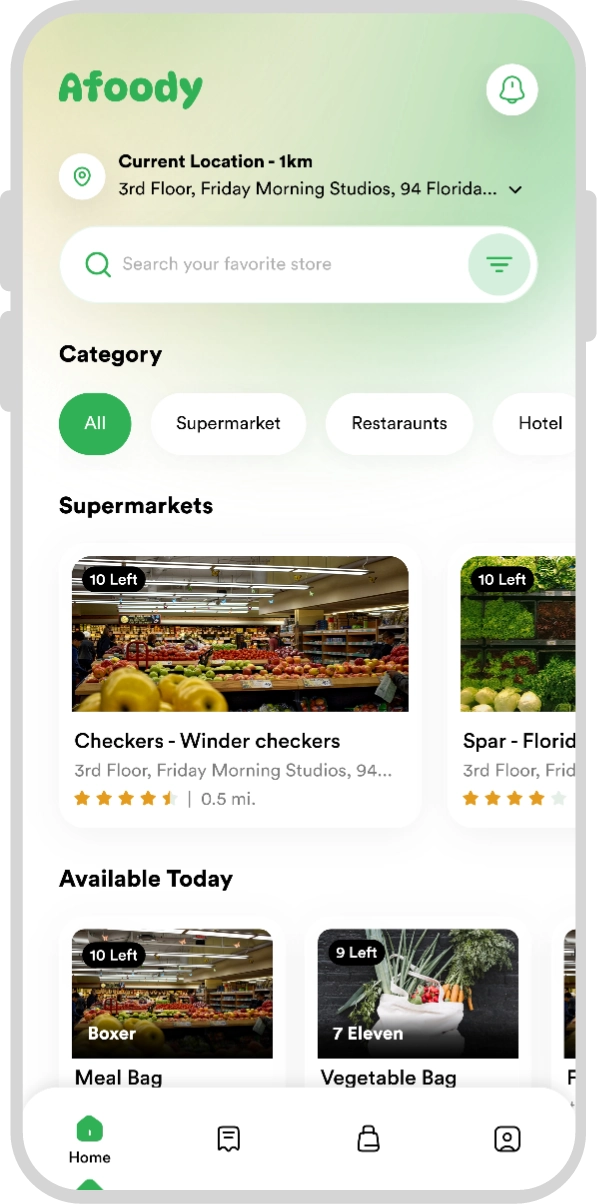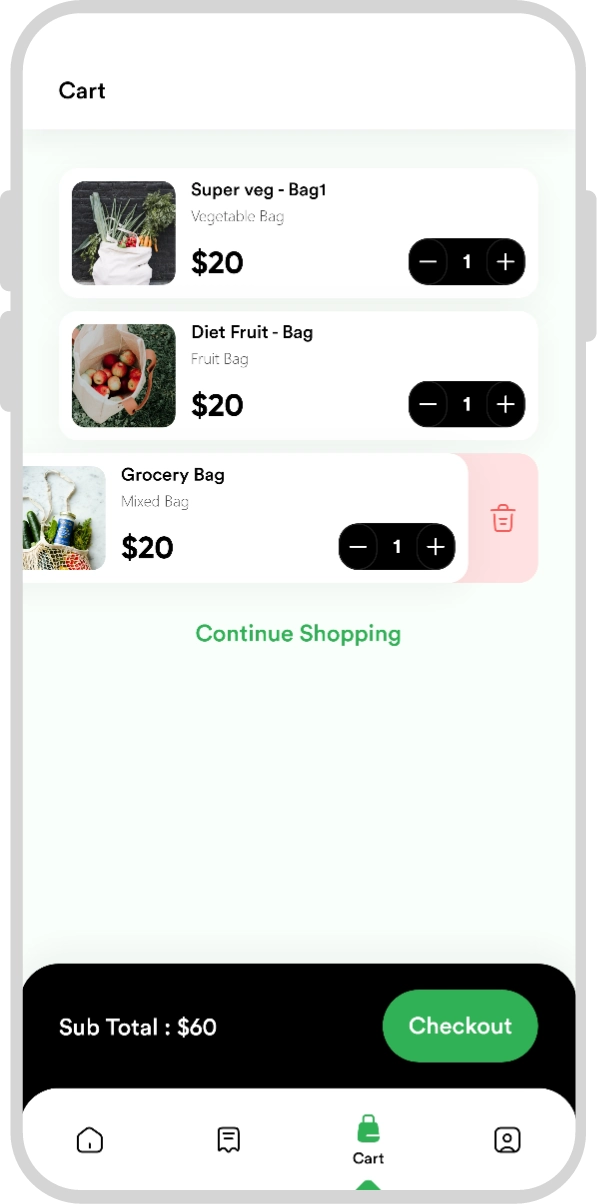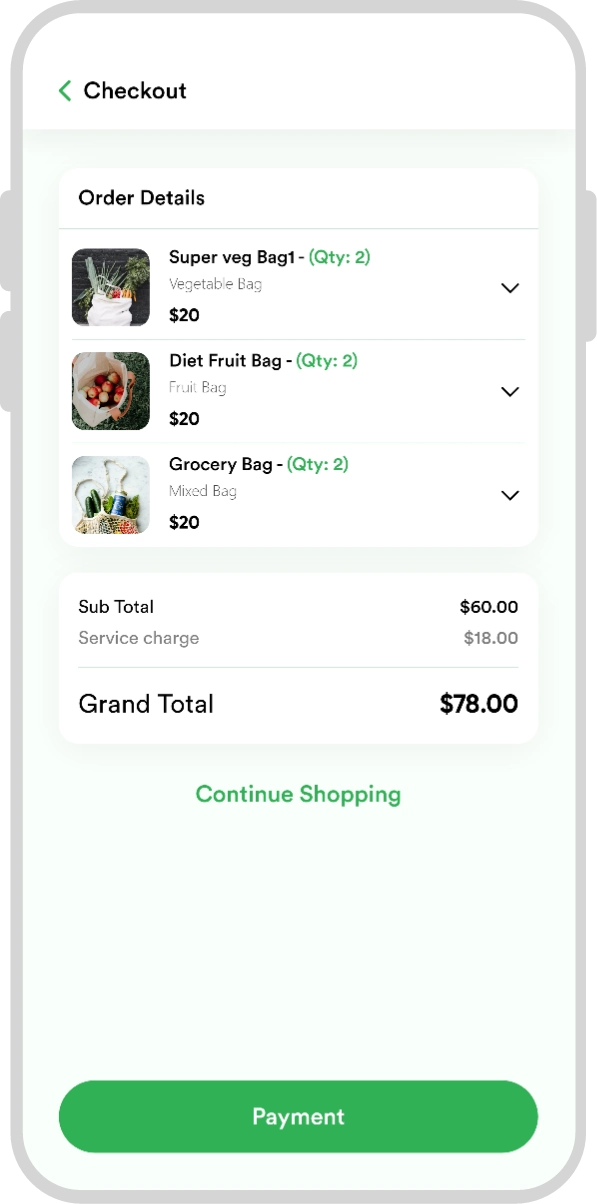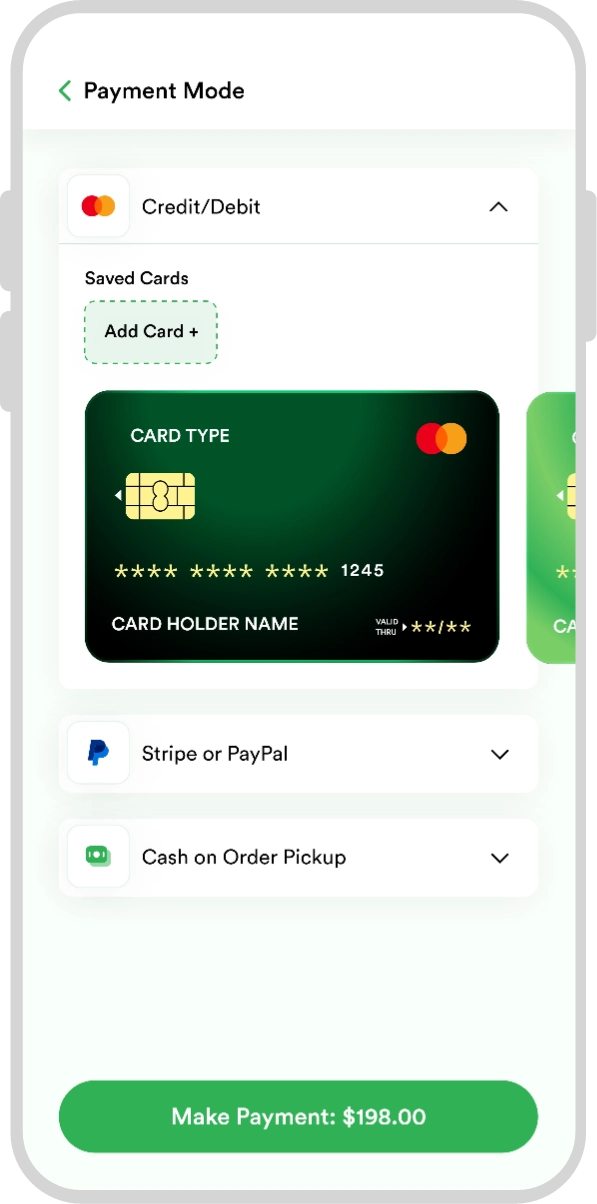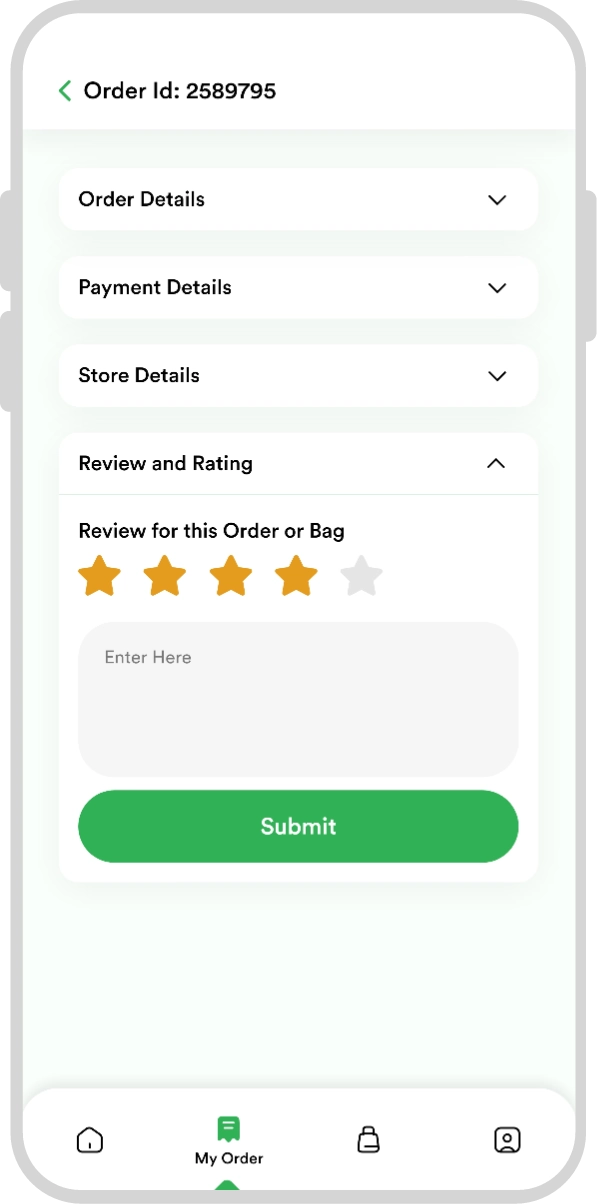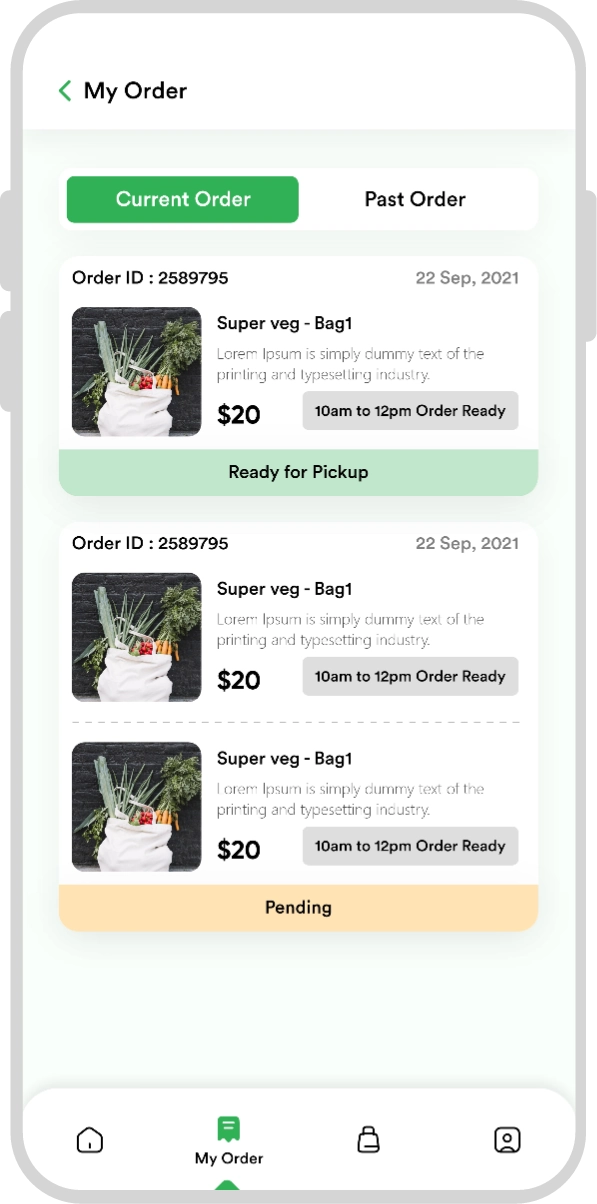Flutter-based Mobile App
State Management
Utilized Flutter's state management capabilities to ensure a responsive and dynamic user interface.
Custom Widgets
Developed custom widgets for a unique and engaging user experience.
Cross-Platform Compatibility
Leveraged Flutter's cross-platform capabilities to ensure a consistent experience across Android and iOS.
Laravel Backend
API Development
Created RESTful APIs using Laravel for seamless data exchange between the mobile app and backend.
Authentication
Implemented JWT-based authentication for secure user sessions.
Queue Management
Utilized Laravel's queue management to handle asynchronous tasks like notifications and batch processing.
MySQL Database
Data Modeling
Designed a normalized MySQL database schema to efficiently store and retrieve data.
Optimized Queries
Created optimized SQL queries for faster data retrieval and manipulation.
Data Integrity
Implemented ACID transactions to ensure data integrity during operations.
Functional Work
Inventory Management
Developed a real-time inventory management system that updates product availability across all platforms.
Payment Gateway Integration
Integrated secure and reliable payment gateways for smooth transactions.
Geolocation Services
Implemented geolocation features for users to find nearby stores and for vendors to manage deliveries.
Push Notifications
Utilized Flutter's native capabilities to send real-time push notifications to users.
Admin Dashboard
Created a comprehensive admin dashboard using Laravel, providing real-time analytics and management tools.



